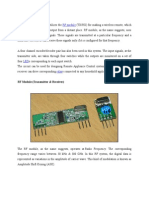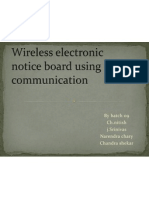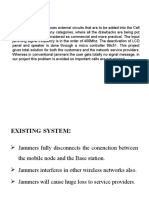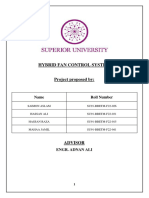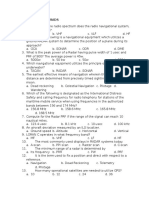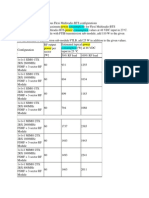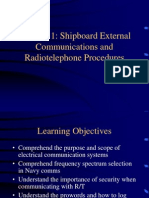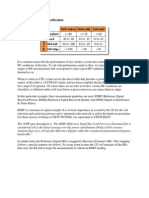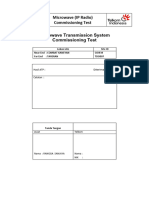0% found this document useful (0 votes)
6 views3 pagesMini Project
This document outlines a project to create a compact, user-friendly device for senior citizens using an ATmega328P microcontroller and 433 MHz RF transceivers. The device allows users to easily control room lights and call for help with simple push buttons, ensuring reliable communication and power efficiency. Key components include RF modules, encoder/decoder ICs, and various electronic parts to facilitate wireless operation.
Uploaded by
natikarbhagya7Copyright
© © All Rights Reserved
We take content rights seriously. If you suspect this is your content, claim it here.
Available Formats
Download as DOCX, PDF, TXT or read online on Scribd
0% found this document useful (0 votes)
6 views3 pagesMini Project
This document outlines a project to create a compact, user-friendly device for senior citizens using an ATmega328P microcontroller and 433 MHz RF transceivers. The device allows users to easily control room lights and call for help with simple push buttons, ensuring reliable communication and power efficiency. Key components include RF modules, encoder/decoder ICs, and various electronic parts to facilitate wireless operation.
Uploaded by
natikarbhagya7Copyright
© © All Rights Reserved
We take content rights seriously. If you suspect this is your content, claim it here.
Available Formats
Download as DOCX, PDF, TXT or read online on Scribd
/ 3





